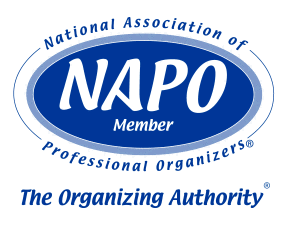Less than a week before the “big day.” Are you stressed about what’s left to be done? Save your sanity and reduce some stress by following some (or all) of the suggestions below.
Last minute gift options: Some people think gift cards are just too impersonal. I heartily disagree. There are so many options out there that would be perfect for almost everyone on your holiday list. Check out your local grocery or drug store gift card kiosk and I’m certain you will find something that will work nicely. Too late to mail a gift card? Many retailers offer e-gift cards that can be e-mailed at a moment’s notice.
Let someone else bake/cook: Personally I had great intentions for holiday backing this year. Well, other things took priority. Most grocery stores have wonderful bakeries that turn out goodies “as good as Grandma made.” For that festive dinner, many restaurants and grocery stores offer pre-cooked, multi-course meals. They may cost a little more, but may be well worth it for the stress reduction.
Enlist some help: We don’t need to do it all ourselves! In general, people enjoy being a part of the process and feel a sense of contribution. Instead of taking on the entire responsibility for huge, festive dinners, make them potluck. Ask family members to help wrap packages. Delegate grocery shopping. Just because we’ve done it all in the past, doesn’t mean we need to in the future.
Send Happy New Years cards: Still haven’t had time to get cards in the mail? Well, don’t stress about it. I’ve noticed a new trend of sending “Happy New Years!” cards. Frankly, I think it’s a great idea! Fantastic family pictures can be taken when the family is all together. Creating/mailing New Year’s cards can be done after the hustle and bustle of Christmas. Plus, your card won’t get lost in the plethora of other cards landing in mailboxes right now. Win. Win. Win
If you are looking for additional holiday suggestions, check some of my prior holiday-related posts:
Still Looking For That Perfect Gift?
Five Quick Tips to Destress the Holidays
Happy Holidays!
Cindy Jobs











